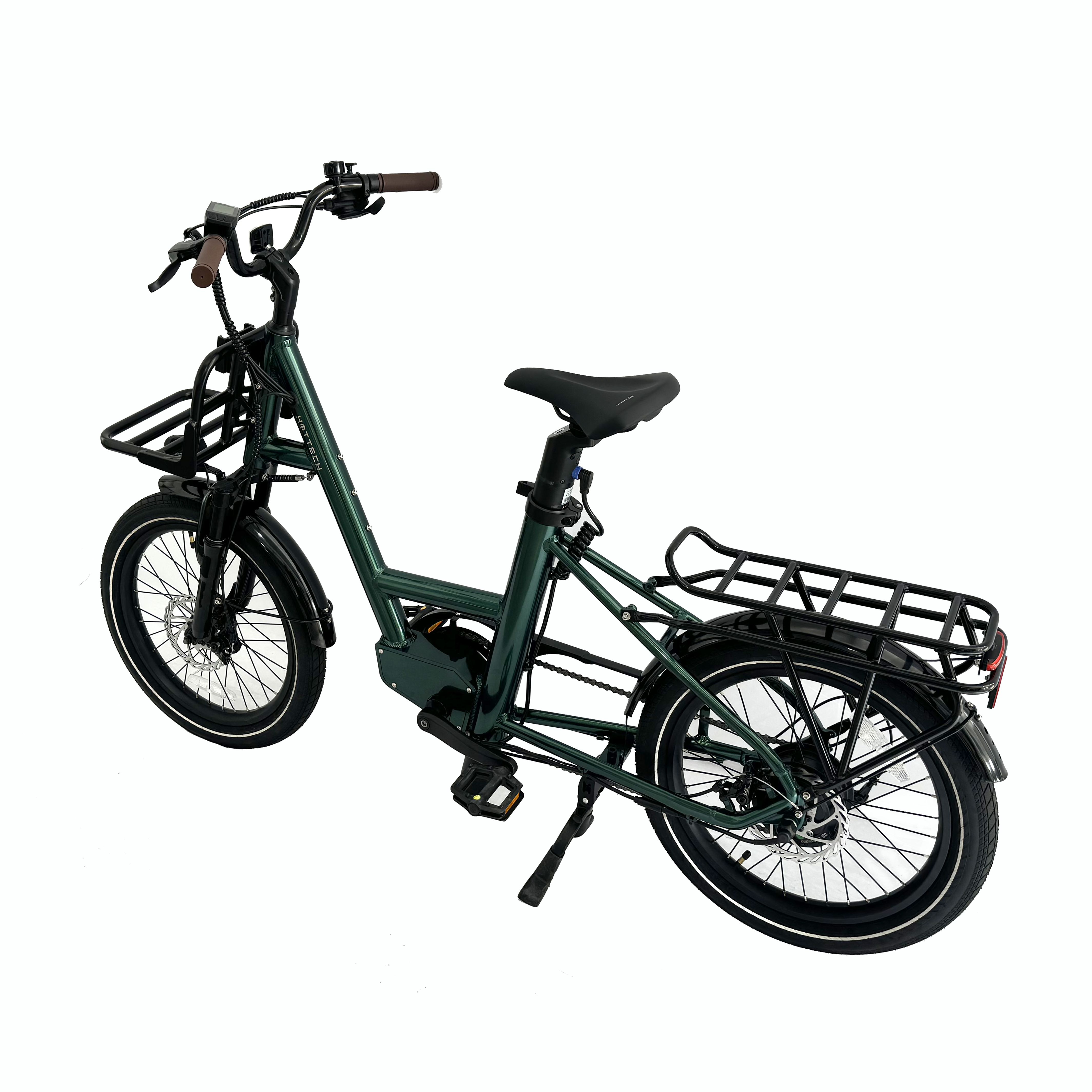The Evolution of Urban Cycling: Traditional Pedals Meet Electric Innovation
The landscape of urban transportation has undergone a remarkable transformation in recent years. As cities grow denser and environmental consciousness rises, the choice between a city electric bike and a traditional bicycle has become increasingly significant for urban dwellers. This comprehensive comparison explores how each option addresses modern city living challenges, helping you make an informed decision that aligns with your lifestyle needs.
Today's urban cyclists face unique challenges: varying terrain, time constraints, and the need for practical transportation solutions. While traditional bicycles have served city residents faithfully for generations, the emergence of city electric bikes has introduced new possibilities for navigating urban environments. Understanding the distinct advantages and considerations of each option becomes crucial for anyone considering two-wheeled transportation in the city.
Performance and Efficiency in Urban Environment
Speed and Distance Coverage
City electric bikes offer a significant advantage when it comes to covering longer distances with less effort. With pedal assistance typically allowing speeds up to 20-28 mph, riders can maintain consistent velocity even on challenging terrain. This enhanced capability means commuters can travel further while arriving at their destination fresh and presentable - a crucial consideration for professional urbanites.
Traditional bicycles, while entirely dependent on human power, excel in their simplicity and reliability. They provide an excellent workout and allow riders to maintain complete control over their speed and effort level. However, factors like headwinds, hills, and longer distances can make regular bikes more challenging for daily commuting.
Energy Efficiency and Physical Exertion
The city electric bike shines in its ability to modulate physical effort. Riders can choose their level of exertion by adjusting the electric assistance, making it possible to arrive at work without needing a shower or change of clothes. This flexibility proves invaluable during summer months or for professionals who need to maintain a polished appearance throughout the day.
Regular bikes demand consistent physical effort, which can be both a benefit and a limitation. While this guarantees a good workout, it might not be ideal for all situations or rider fitness levels. The pure mechanical efficiency of traditional bikes means zero energy waste, but also no assistance when you might need it most.

Cost Considerations and Long-term Value
Initial Investment Analysis
The upfront cost of a city electric bike typically ranges from $1,500 to $4,000 or more, representing a significant initial investment. However, this cost should be weighed against the potential savings on public transportation, parking fees, and car-related expenses. Premium features like advanced battery technology, integrated security systems, and sophisticated motor controls contribute to the higher price point.
Traditional bicycles present a more accessible entry point, with quality models available from $300 to $1,000. This lower initial investment makes regular bikes an attractive option for budget-conscious consumers or those uncertain about their long-term cycling commitment.
Maintenance and Operating Costs
City electric bikes require specialized maintenance, particularly for their electrical components. Battery replacement every 3-5 years, motor servicing, and electronic system updates add to the long-term cost of ownership. However, these expenses are often offset by the reduced wear on mechanical components due to electric assistance.
Regular bicycles benefit from simpler maintenance requirements and widely available replacement parts. Basic upkeep costs are generally lower, though frequent use in urban environments still necessitates regular maintenance to ensure safe and efficient operation.
Environmental Impact and Sustainability
Carbon Footprint Comparison
While both options provide eco-friendly transportation, their environmental impacts differ slightly. City electric bikes require electricity for charging, though the carbon footprint remains minimal compared to motorized vehicles. The production of batteries and electronic components does add to the initial environmental impact, but this is typically offset by years of clean transportation.
Traditional bicycles represent the gold standard in green transportation, with zero emissions during use and minimal environmental impact from production. Their simplicity and lack of electronic components make them one of the most sustainable transportation options available.
Long-term Environmental Benefits
The adoption of city electric bikes can lead to increased cycling among those who might otherwise rely on cars, potentially creating a greater net positive environmental impact. Their ability to make cycling accessible to a broader demographic means more people choosing sustainable transportation options.
Regular bikes contribute to environmental sustainability through their simplicity and longevity. With proper maintenance, they can provide decades of service with minimal resource consumption, making them an excellent choice for the environmentally conscious urban dweller.
Practical Considerations for Urban Living
Storage and Security Requirements
City electric bikes typically require more secure storage due to their higher value and electrical components. Their weight, averaging 45-60 pounds, can make them challenging to carry up stairs or store in small apartments. However, many modern models feature removable batteries, making charging more convenient.
Traditional bicycles offer greater flexibility in storage options due to their lighter weight and simpler design. They're easier to carry, lock up, and store in small spaces, making them well-suited to apartment living and shared storage areas.
Urban Maneuverability
The added weight of city electric bikes can affect handling in tight urban spaces, though advanced motor systems help compensate for this. Their power assistance proves particularly valuable when navigating traffic starts and stops, making them excellent for city commuting.
Regular bikes excel in maneuverability, offering quick responses and easy handling in congested urban environments. Their lighter weight and mechanical simplicity provide advantages when weaving through traffic or navigating narrow spaces.
Frequently Asked Questions
How long does a city electric bike battery typically last?
A quality electric bike battery typically lasts between 3-5 years with regular use, providing 25-50 miles of range per charge depending on factors like terrain, rider weight, and assistance level. Most batteries can be fully charged in 4-6 hours and maintain good performance through 500-1000 charge cycles.
Can traditional bikes be converted to electric bikes later?
While conversion kits are available, they often result in compromised performance compared to purpose-built electric bikes. Factory-designed city electric bikes offer better integration, safety features, and overall reliability. The cost of quality conversion kits plus installation can approach the price of a new electric bike.
Which option requires more maintenance?
City electric bikes generally require more specialized maintenance due to their electrical components, but may need less frequent mechanical maintenance thanks to motor assistance reducing wear on traditional components. Regular bikes need simpler but more frequent mechanical maintenance, especially when used daily in urban environments.

